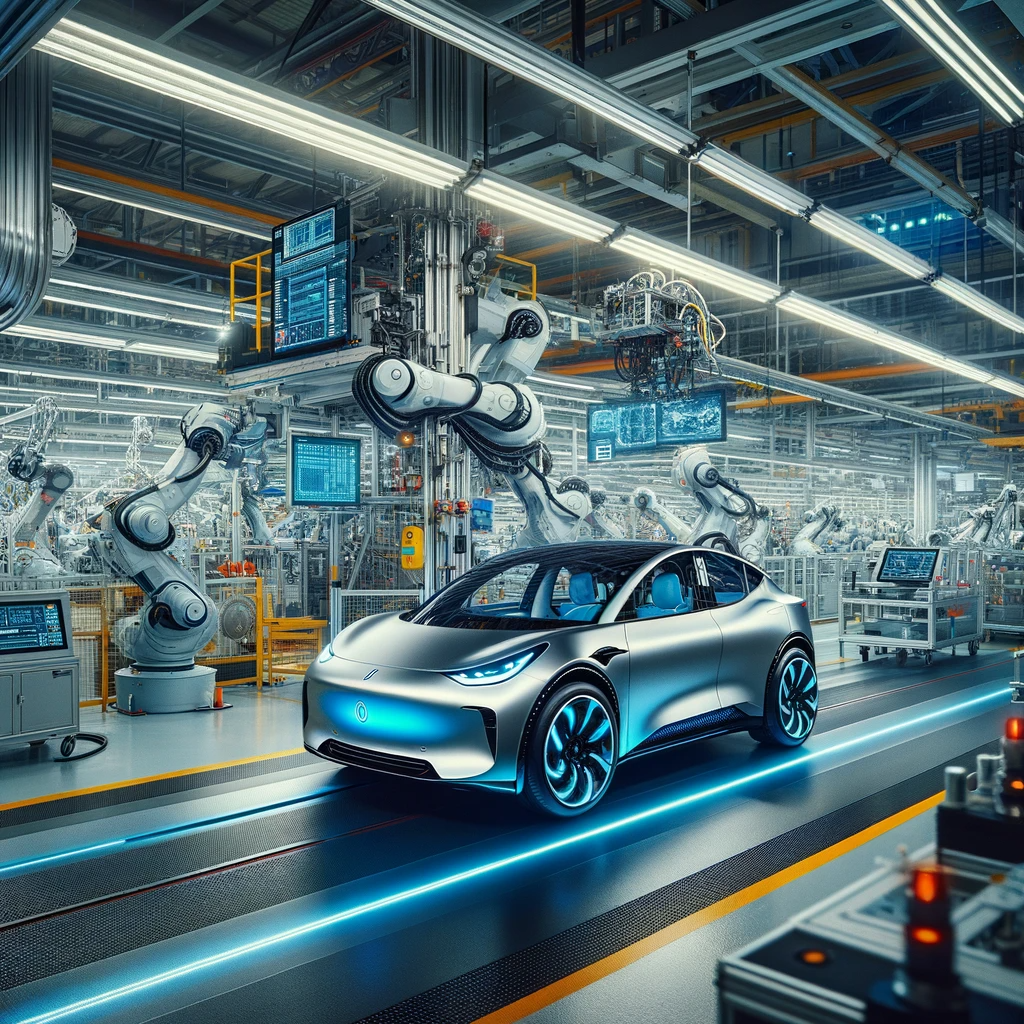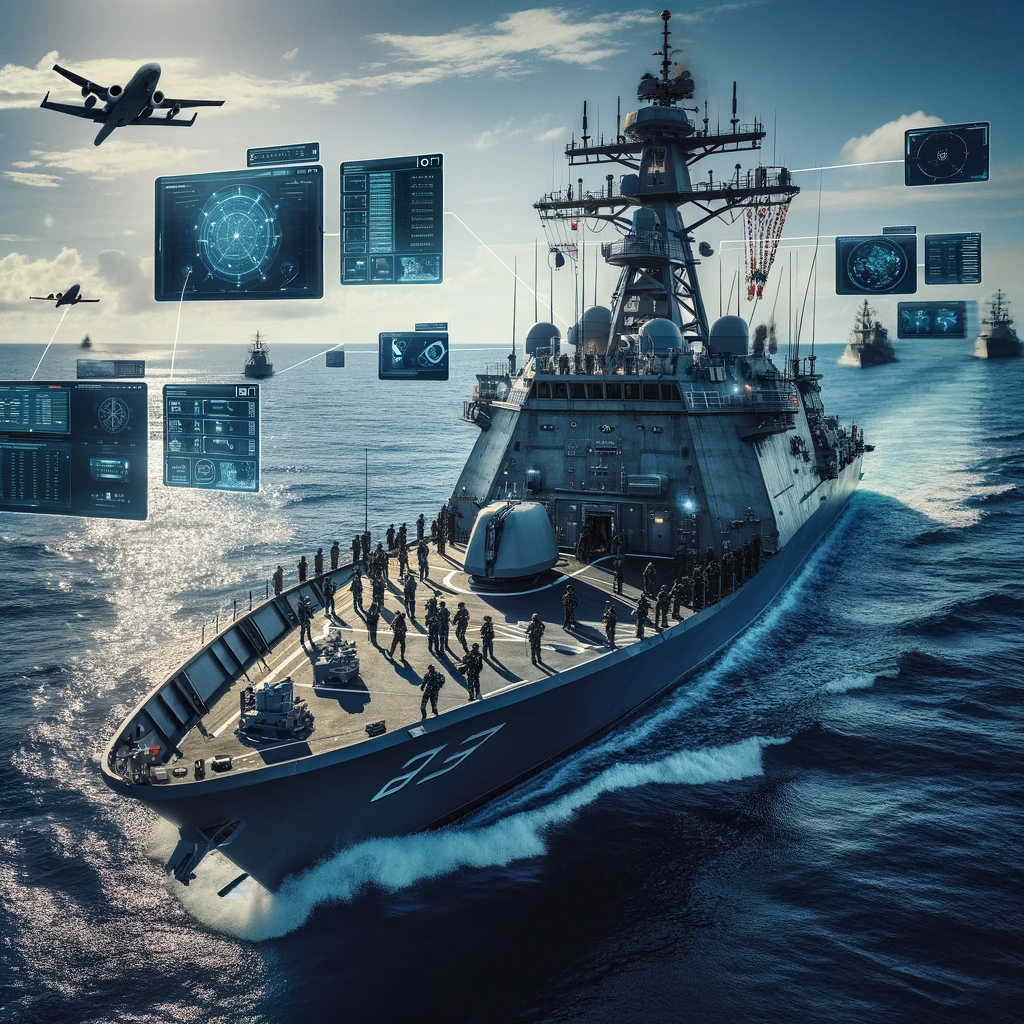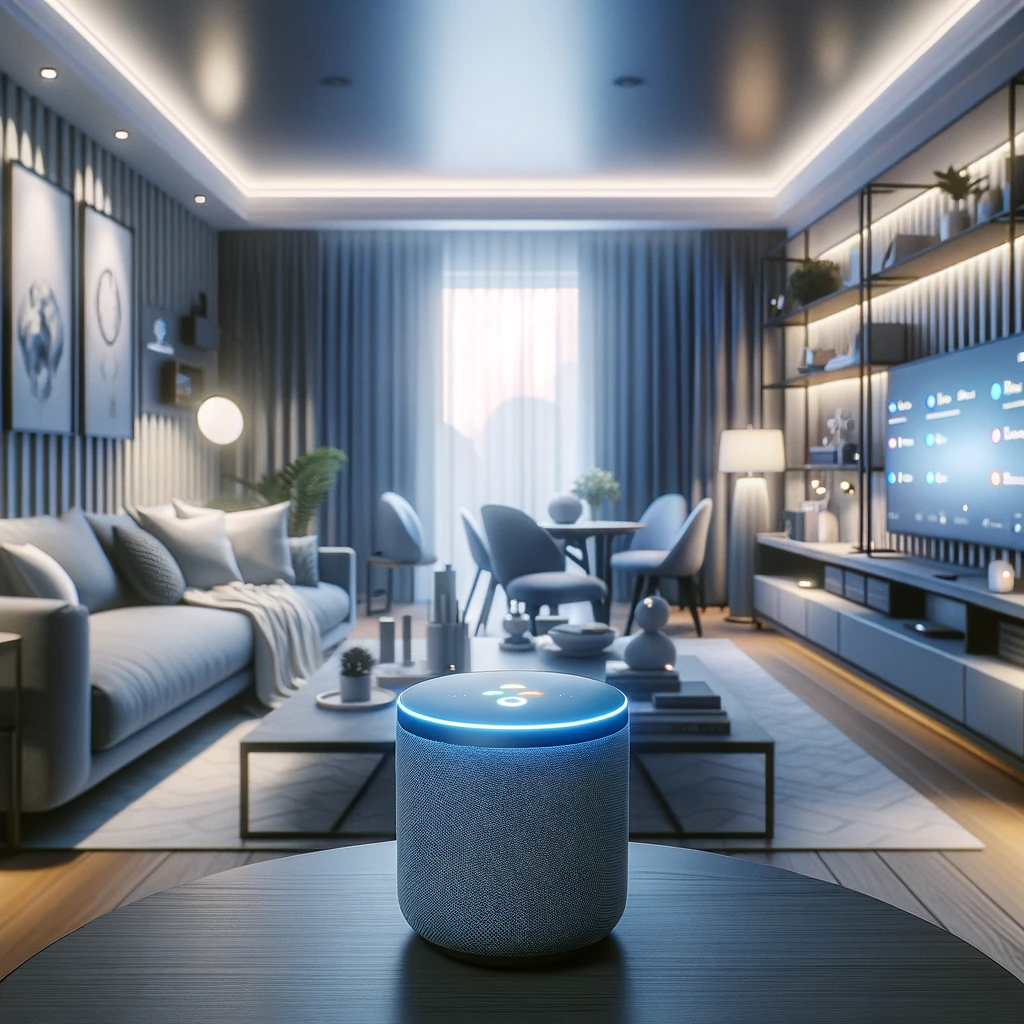![[tb-dynamic provider='__current_post' post='current' source='post-title' force-string='first' ]](https://unisystem.com/wp-content/uploads/2024/01/iot-en-1024x576.webp)
The Internet of Things (IoT) is one of the most promising and rapidly developing technologies of recent years. Its application in business brings great opportunities to optimize processes, reduce costs and increase efficiency. In this article, we will take a closer look at what IoT is, how it works, and its benefits using examples of specific implementations in various industries.
Table of Contents
Internet of things, what is it?
The Internet of Things, or Internet of Things, what is the idea? IoT is the concept of networking objects, devices and physical objects equipped with electronics, software and Internet connectivity so they can connect to the Internet and communicate with each other without human interaction. All of this is made possible through the use of technologies such as sensors, embedded systems, sensor networks, cloud computing technologies and more. From the IoT perspective, all these objects are “things” (things), hence the name of the concept. The term Internet of Things was first used in 1999 by Kevin Ashton. Since then, IoT has been growing rapidly and is finding an ever-widening spectrum of applications in various areas of life, from industry, transportation, energy, agriculture, to medicine or smart home solutions.
How does the internet of things work?
The Internet of Things is based on acquiring information from the real world using a variety of sensors, and then analyzing it and taking action in what is known as the “Internet of Things. virtual world. The basic premise of IoT is to equip physical objects with the ability to acquire information about their surrounding environment and communicate remotely. This is possible due to the miniaturization of electronic components and their low cost. The entire system consists of three basic components:
- Data collection devices – a variety of sensors that record physical, chemical parameters, etc. These can be off-the-shelf commercial modules or specially designed circuits.
- Networks that transmit data – using various standards and protocols (Wi-Fi, Bluetooth, LTE, etc.), data is sent to processing and analysis systems.
- Data analysis infrastructure and software – special systems collect, process and analyze sensor data to take action, control processes or optimize algorithms.
Internet of things, application examples and IoT examples in industry
One of the most promising areas for the application of IoT is industry, especially the so-called “industrial” sector. Industry 4.0, or the concept of the smart factory. Modern factories are increasingly using sophisticated sensor infrastructure to collect and analyze huge amounts of data on the condition of machines, the progress of production processes, energy consumption or the parameters of manufactured products. This information is used to control production, monitor quality, predict failures, automatically optimize process flow or reduce material and energy consumption. Examples include continuously measuring the vibration and temperature of critical machine nodes, analyzing this data by AI algorithms and predicting potential faults even before a major failure occurs. This allows you to plan maintenance activities in advance.
IoT in HMI and POS systems
HMI (Human Machine Interface) systems, or human-machine interfaces, are software used to supervise and control machinery and industrial equipment. They require access to process data from individual machines and sensors to work properly. This is where the Internet of Things comes to the rescue, providing essential information to HMI systems using networks of sensors embedded in equipment, machines and production lines. The HMI operator thus has a complete view of the operating parameters of the entire machine park and can make optimal decisions. IoT is also finding applications in retail. Modern POS cash registers and payment terminals communicate with networks of sensors embedded in merchandise (e.g. RFID), vending machines, and central management systems to transmit and update sales and inventory data.
Smart Devices and Smart Systems in Business
In addition to industry, the other big area for Internet of Things applications is business solutions, especially the Smart Building and Smart Office concepts. At their core is the use of sensory infrastructure and analytics to optimize selected parameters of buildings and office spaces to ensure the comfort and productivity of their users. Many automation processes are triggered in smart buildings, from heating, ventilation and air conditioning control to access control or lighting management. In offices, it is important to monitor air quality and track employee attendance to control HVAC systems. The development of IoT is making these systems more and more efficient and widespread.
IoT in the EV and automotive industry
Transportation and automotive is another extremely promising field for the application of the Internet of Things. Sensor networks play a key role in both the development of electric and autonomous vehicles, as well as in fleet management systems and logistics. In electromobility, they enable continuous online monitoring of the condition of cars by analyzing telemetry data from key components to optimize charging processes and plan maintenance and repairs. In autonomous vehicles, on the other hand, the sensor infrastructure (cameras, radar, ultrasound, etc.) creates driving assistance and “vision” systems, analyzing the environment in real time. IoT also significantly improves the management of transportation fleets through GPS location, real-time monitoring of driving style and fuel consumption, and remote diagnosis of vehicle conditions.
Application of IoT in medicine
The Internet of Things is also finding increasing application in medicine and health care, especially in the context of telemedicine and remote care. The development of miniature sensors and communication modules makes it possible to integrate them into patients’ clothing and accessories (e.g., wristbands, watches), creating body sensor networks for continuous, automatic monitoring of key vital functions without restricting movement. This allows you to assess your health on an ongoing basis and, in the event of alarming readings, notify your doctor, who can remotely adjust your treatment or call an ambulance. Similar sensors built into the equipment and supplies of medical facilities analyze the operation of apparatus, consumption of disposables, medicines, etc. providing valuable information to staff and optimizing processes.
IoT in the military and at sea
IoT is also widely used in the military and the navy and merchant marine. In the army’s ranks, sensor infrastructure supports supply logistics, enabling satellite monitoring of the position and status of vehicles, fuel, ammunition and other equipment. This allows you to effectively manage your back office and quickly locate resources. At sea, on the other hand, IoT integrates mining platforms, ships, lighthouses, navigation buoys and ports into a smart network for information exchange, enhancing safety, cargo traceability and optimizing processes for berthing, procurement, customs clearance, etc. Smart sensors monitor ocean conditions, currents, pollution and the condition of marine structures.
Smart home and IoT devices
In the context of consumer applications, IoT is a key element in the development of the Smart Home concept. By equipping household appliances and appliances (refrigerators, washing machines, vacuum cleaners, etc.) and installations (heating, ventilation, air conditioning, lighting) with sensors and communication modules, it is possible to integrate and cooperate within a home IoT network. The devices monitor their work and surroundings, exchanging information, among other things. about electricity and water consumption, the need to change the filter or replenish laundry detergent or food products. This optimizes their operation and automates the ordering of consumables. In addition, integration with alarm and monitoring systems gives you greater security and control over your home.
Benefits of IoT in various industries
Implementing IoT-based systems brings a number of tangible business benefits in the form of reduced operating costs, increased efficiency and productivity, optimization of production and logistics processes, better quality control, prediction of machine failures, and opening up entirely new opportunities for business analytics and billing models based on actual resource utilization (e.g., in car-sharing services). In addition, IoT improves compliance with regulations on safety and quality standards, environmental protection, supply chain, etc. In other words, where previously companies made decisions based on historical data and estimates, IoT provides full, up-to-date knowledge of key processes and resources, allowing them to precisely optimize operations and reduce risks.
Challenges in deploying IoT
Despite its many advantages and potential to generate tangible business value, Internet of Things projects can sometimes be technologically challenging. Their effective implementation requires the design and integration of many elements – sensor networks, hardware and software infrastructure for data processing and analysis (on-premise or in the cloud), backend systems (ERP, MES, etc.) and the presentation layer (dashboards, mobile apps, etc.). It is also crucial to ensure the security of transmission and storage of huge amounts of often sensitive operational data. In addition, once the sensory infrastructure is implemented, there is the challenge of effectively analyzing and interpreting the incoming data streams so that they translate into tangible business value.
The future of IoT
In the coming years, the Internet of Things will continuously evolve and its role in the global economy will gradually grow. Huge technological advances related to the development of artificial intelligence, machine learning, 5G technology and the concept of “Industry 4.0” are driving the implementation of innovative IoT applications. It can be expected that in the near future most consumer and industrial products will be equipped with Internet connectivity, creating the so-called “Internet of Things”. The Internet of All Things. As a result, many processes, both manufacturing and daily, will become fully automated and optimized for various criteria. Although it is difficult to predict the ultimate shape and scale of the impact of this technological revolution, the Internet of Things will certainly change the face of many industries and spheres of life.
Summary
In summary, Internet of Things technology opens up unprecedented opportunities for business. Already, in the wave of Industry 4.0, manufacturing, retail and service companies are implementing its solutions with tangible benefits. Looking ahead to the next few years, the importance of IoT to the economy and society will continue to grow. Therefore, companies should analyze the potential of this technology today and consider strategic initiatives in this area in order to remain competitive and take advantage of opportunities.


